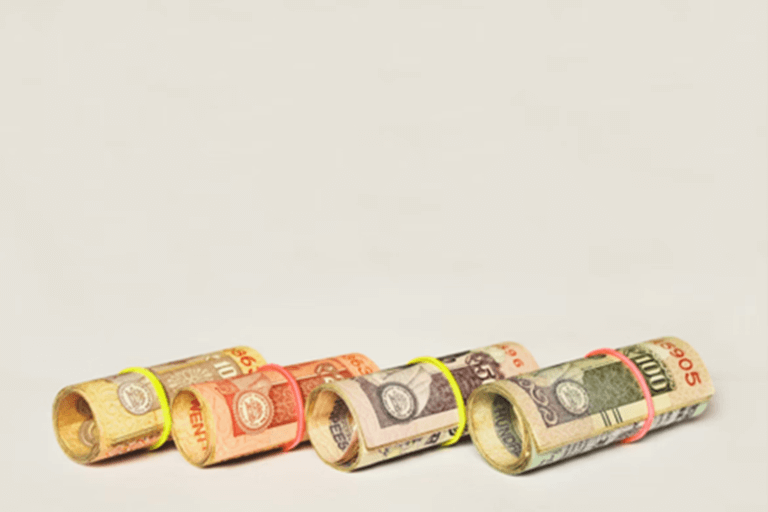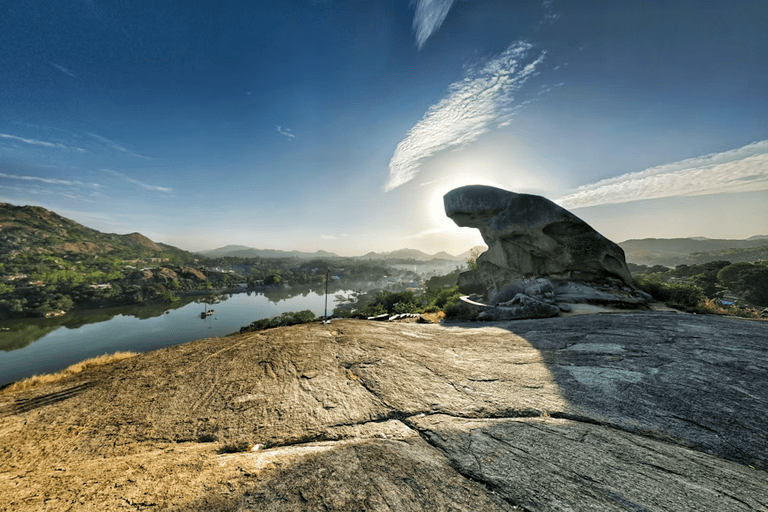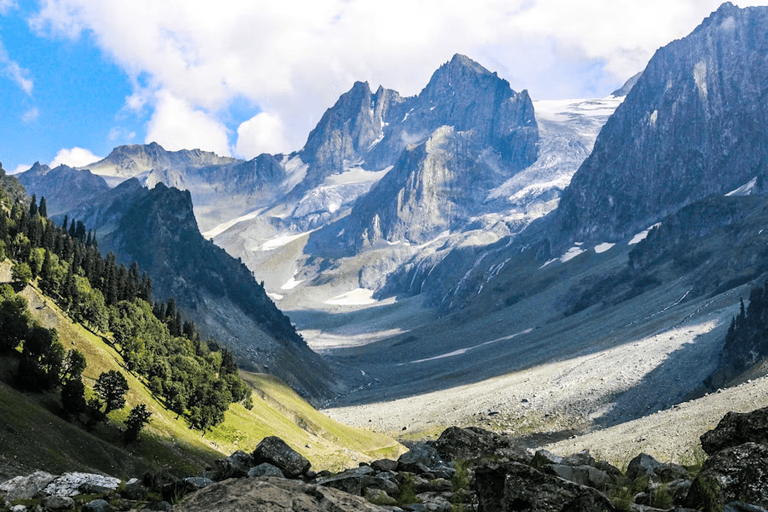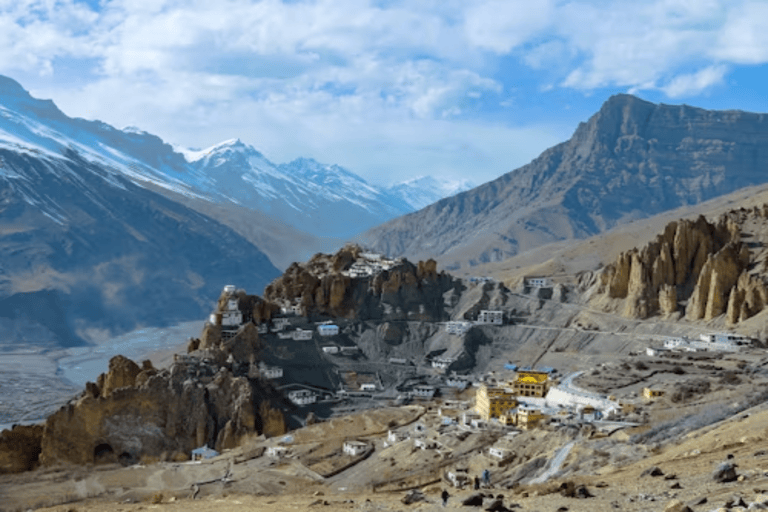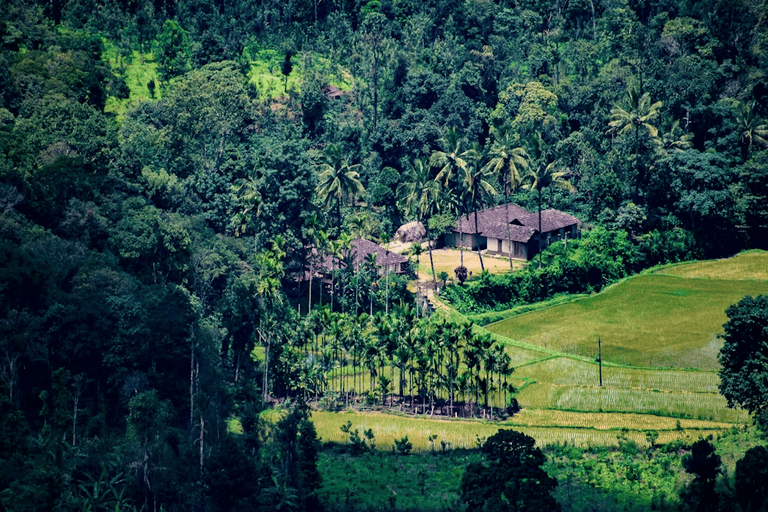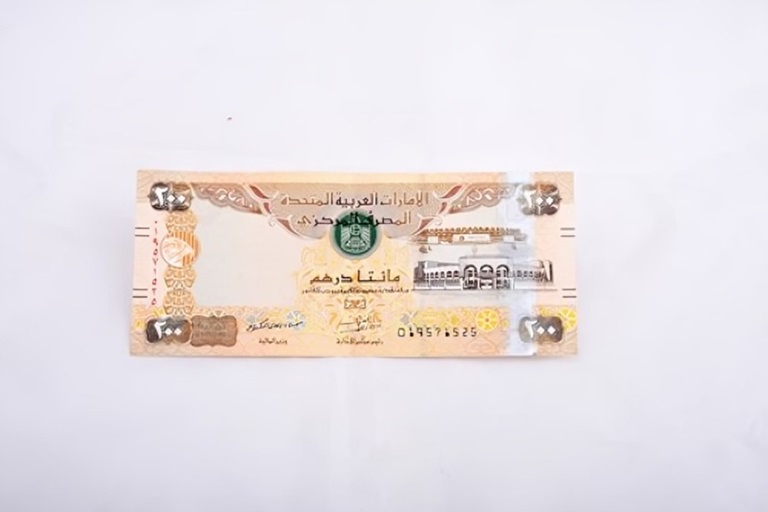
The Ultimate Guide to the World’s Top 10 Biggest Festivals
Table of contents
In a world rich with diverse cultures and traditions, festivals are vibrant expressions of human celebration, spirituality, and community. From ancient rites to modern spectacles, these gatherings bring people together to honour history, commemorate shared values, and revel in the joy of the collective experience.
Let us embark on a journey across continents and through time and explore the grandeur and significance of the world’s largest festivals. Whether rooted in religious beliefs, seasonal transitions, or cultural heritage, each festival offers a unique window into the soul of its host culture.
1. Oktoberfest (Munich, Germany)

Oktoberfest in Munich, Germany, is one of the world’s most legendary celebrations of Bavarian culture and beer. Originating in 1810 as a royal wedding celebration, this annual festival has evolved into a colossal spectacle. It attracts millions of visitors from around the globe. Set against the backdrop of Bavaria’s picturesque landscapes, Oktoberfest transforms Munich into a bustling carnival of revelry and merriment.
The festival kicks off with a colourful parade featuring traditional costumes, brass bands, and horse-drawn beer wagons. This sets the stage for weeks of festivities ahead. At the heart of this festival lies its famed beer tents, each with its distinct atmosphere and offerings. From the iconic Hofbräuhaus to the lively Paulaner tent, these sprawling beer halls serve as lively hubs where visitors can savour authentic Bavarian brews, hearty cuisine, and live music. Revellers clad in traditional lederhosen and dirndls gather beneath the tents’ expansive canopies, raising steins in joyful toasts and singing along to the sounds of traditional folk songs.
2. Mardi Gras (New Orleans, USA)

Mardi Gras in New Orleans, USA, is a spectacle of festivity and tradition that captures the essence of American carnival culture. Rooted in the city’s rich blend of French, Spanish, and African influences, Mardi Gras has evolved into a legendary celebration known for its vibrant parades, elaborate costumes, and infectious energy. Dating back to the early 18th century, this annual extravaganza culminates on Fat Tuesday, the day before Ash Wednesday. The streets teem with excitement as floats adorned with intricate designs and flamboyant decorations roll through the city. The floats are accompanied by marching bands, dancers, and masked revellers.
At the heart of Mardi Gras lies the spirit of indulgence and camaraderie. Locals and visitors alike come together to partake in the festivities. From the historic French Quarter to the bustling streets of Uptown, New Orleans transforms into a riotous playground where music fills the air. Traditional Mardi Gras foods like king cake and gumbo are enjoyed alongside spirited parades and lively street performances.
3. Carnival (Rio de Janeiro, Brazil)

Carnival in Rio de Janeiro, Brazil, is a dazzling showcase of the country’s vibrant culture and exuberant spirit. This world-renowned festival takes place annually in the weeks leading up to Lent. During this time, the city transforms into a pulsating epicentre of music, dance, and revelry. At the heart of Rio’s Carnival are the electrifying samba parades. Samba schools from across the city compete fiercely for glory and recognition. These elaborate processions feature extravagant floats adorned with intricate decorations and colourful costumes. Thousands of performers move in synchronised harmony to the infectious beat of samba music.
Beyond the grandeur of the Sambadrome, the streets of Rio come alive with countless blocos. During these street parties, both locals and tourists come together to celebrate. From the historic neighbourhoods of Santa Teresa to the iconic beaches of Copacabana and Ipanema, the entire city pulsates with the rhythm of drums and the joyous shouts of revellers. Carnival in Rio is not just a festival; it’s a testament to the city’s soul. It displays a colourful tapestry woven from the threads of tradition, community, and boundless creativity.
4. Holi (India)

Holi, the festival of colours, stands as one of India’s most joyous and vibrant celebrations, heralding the arrival of spring and the triumph of good over evil. Observed by Hindus across the country and worldwide, Holi is a time of unrestrained merriment, where boundaries of caste, class, and age dissolve in a whirlwind of colour and camaraderie. The festivities typically span two days, beginning with Holika Dahan, a ritual bonfire commemorating the victory of Prahlada over the demon Holika. As flames leap into the night sky, symbolising the destruction of evil, communities come together to sing, dance, and exchange greetings.
The main event of Holi unfolds on the following day, when streets and squares erupt in a riot of colours as revellers douse each other with brightly-hued powders and water. Laughter fills the air as friends and strangers alike join in the revelry, smearing each other’s faces with coloured powder. Traditional sweets like gujiya and thandai are shared among neighbours, and music reverberates through the streets. Holi is not just a festival; it’s a celebration of life’s vibrancy and renewal.
5. La Tomatina (Buñol, Spain)

La Tomatina, held annually in the town of Buñol, Spain, is perhaps the world’s most famous food fight festival. Originating in the mid-20th century, this unique event draws thousands of participants from around the globe to engage in a riotous battle of tomatoes. The festival typically takes place on the last Wednesday of August and kicks off with the iconic “palo jabón.” This is a greased pole climbing contest where participants vie to reach the coveted ham at the top. Once the signal is given, trucks loaded with ripe tomatoes roll into the streets, and chaos ensues. Revellers engage in a friendly frenzy of tomato throwing, covering themselves and others in a sea of red pulp.
La Tomatina is more than just a playful food fight. It is a symbol of community, spontaneity, and the joy of shared experience. Streets that are normally serene are transformed into a carnival of colour and laughter as participants from all walks of life come together to revel in the sheer absurdity of the event. After an hour of spirited tomato warfare, the town square resembles a battlefield, with tomato-splattered participants celebrating the sheer exhilaration of the moment.
6. Diwali (India)

Diwali, also known as the Festival of Lights, holds a special place in the hearts of millions across India. This ancient Hindu festival symbolises the triumph of light over darkness, good over evil, and knowledge over ignorance. Celebrated with great fervour and enthusiasm, Diwali spans five days of festivities, each marked by its own customs and rituals. Homes and streets are adorned with colourful decorations, oil lamps, and intricate rangoli designs. This creates a mesmerising tapestry of light and colour that illuminates the night sky.
Central to Diwali celebrations is the exchange of gifts, sweets and the lighting of oil lamps, or diyas. Families come together to perform prayers and rituals, seeking blessings from the goddess Lakshmi for prosperity and well-being. Fireworks light up the night sky, filling the air with bursts of colour and sound, while communities gather to share festive meals and sweets. Diwali transcends regional and religious boundaries, uniting people of all backgrounds in a spirit of joy and celebrating life’s blessings.
7. Chinese New Year (China)

The Chinese New Year, also known as the Spring Festival, is one of China’s most significant and widely celebrated festivals. It marks the beginning of the Lunar New Year and is steeped in centuries-old traditions, customs, and folklore. Families across China and in Chinese communities around the world come together to honour their ancestors, pay respects to the gods, and usher in a year of prosperity, good fortune, and happiness. The festival typically lasts 15 days, starting with the new moon on the first day of the lunar calendar and culminating with the Lantern Festival.
Preparations for Chinese New Year begin weeks in advance as households embark on a frenzy of cleaning, decorating, and shopping for gifts and festive delicacies. Red, symbolising luck and prosperity, adorns homes and streets. Traditional foods like dumplings, fish, and niangao (sticky rice cakes) grace the dinner table. Fireworks and firecrackers fill the night sky, driving away evil spirits and welcoming the arrival of the New Year. Family reunions are at the heart of Chinese New Year celebrations, with millions travelling long distances to be together, share meals, and exchange gifts.
8. Songkran (Thailand)

Songkran, the Thai New Year festival, is a vibrant and joyous celebration that marks the beginning of the traditional Thai calendar. Held annually from April 13th to 15th, Songkran is renowned for its exuberant water fights, symbolic rituals, and heartfelt expressions of respect and renewal. As temperatures soar during Thailand’s hottest month, people across the country take to the streets armed with water guns, buckets, and hoses. They engage in spirited water battles that symbolise the washing away of the past year’s misfortunes and the welcoming of fresh beginnings.
Beyond the water festivities, Songkran is a time of deep spiritual significance. Devout Buddhists visit temples to perform merit-making rituals, offer alms to monks, and pour scented water over sacred Buddha statues as a symbol of cleansing and blessing. Families gather to pay homage to their elders and seek blessings and guidance for the year ahead. Communities come together to build sand stupas, or chedis, symbolising the impermanence of life and the importance of spiritual renewal.
9. Cherry Blossom Festival (Japan)

The Cherry Blossom Festival is a cherished cultural tradition that celebrates the fleeting beauty of cherry blossoms, or sakura. Also known as Hanami in Japan, it takes place annually in the spring, typically between late March and early April. The festival marks the arrival of warmer weather and the renewal of nature. Across Japan, people eagerly anticipate the blossoming of cherry trees, which blanket parks, gardens, and streets in delicate shades of pink and white. Hanami gatherings bring friends, families, and colleagues together to enjoy picnics beneath the blossoms, revelling in the ephemeral beauty and symbolism of the sakura.
The Cherry Blossom Festival holds deep cultural significance in Japan, where the blossoms are seen as symbols of renewal, hope, and the transient nature of life. For centuries, the fleeting beauty of the cherry blossoms has inspired poets, artists, and writers. The festival is also a time for reflection and gratitude as people pause to appreciate the simple joys of nature and the bonds of friendship. Whether strolling through parks adorned with blossoms or attending nighttime illuminations, the Cherry Blossom Festival is a cherished tradition that celebrates the profound connection between nature and the human spirit in Japan.
10. Glastonbury Festival (Somerset, UK)

Glastonbury Festival, nestled in the picturesque countryside of Somerset, UK, is a cultural phenomenon that transcends the boundaries of music and art. Established in 1970 by Michael Eavis, the festival has evolved from humble beginnings into one of the world’s most iconic and influential music events. Spanning five days in late June, Glastonbury attracts hundreds of thousands of music enthusiasts from around the globe to experience an eclectic mix of sounds, sights, and experiences.
Beyond its stellar lineup of musical performances spanning genres from rock and pop to electronic and folk, Glastonbury embodies a spirit of creativity, activism, and community. From its green initiatives promoting sustainability to its diverse array of art installations, workshops, and performances, the festival offers a platform for self-expression and social change. Glastonbury is more than just a music festival; it’s a cultural melting pot where people come together to celebrate the transformative power of music, art, and collective celebration amidst the verdant fields of Somerset.
The world’s top 10 biggest festivals offer a kaleidoscope of cultural experiences. They unite people from diverse backgrounds in celebration, reflection, and camaraderie. From the electrifying energy of Rio de Janeiro’s Carnival to the tranquil serenity of Japan’s Cherry Blossom Festival, each festival is a testament to the richness of human expression. As we journey through these festivals, we are reminded of the transformative power of collective joy, the beauty of cultural diversity, and the boundless possibilities that arise when people come together in the spirit of celebration and unity.
Experience the world’s top 10 biggest festivals with Thomas Cook! When you wish to explore the colourful streets of Rio de Janeiro’s Carnival or the thrill of Spain’s La Tomatina, embark on a journey of cultural immersion and celebration like never before. Book your international tour packages as you explore the vibrant energy and unforgettable experiences of these gatherings. Book your festival adventure with Thomas Cook today and create memories that will last a lifetime.
Table of contents
Trending blogs for you
Recommended Articles for you
Choosing the Best Forex Card for Your Travel Needs
Reading Time: 9 minutes 0 0 Travelling abroad can be an exciting adventure, but managing your finances while on a trip can sometimes be challenging. When visiting different countries, paying in local currency is essential to avoid the pitfalls of unfavourable exchange rates and […]
Top Zero Markup Credit Cards for Forex Transactions in India in 2025
Reading Time: 9 minutes 0 0 Traveling internationally often comes with various expenses, and one of the most significant is currency conversion. Traditional methods, such as exchanging cash or using credit/debit cards, usually involve hidden charges, hefty conversion fees, and unfavourable exchange rates. Enter […]
Why You Should Consider Trading Forex: 12 Key Insights
Reading Time: 5 minutes 0 0 Foreign exchange trading, commonly known as forex trading, has grown to become one of the most popular forms of trading worldwide. With a daily trading volume exceeding $7 trillion, it represents the largest and most liquid financial market. […]
Key Differences Between Regular Bank Accounts and Overseas Bank Accounts
Reading Time: 5 minutes 0 0 In a globalized world where people frequently travel, migrate, or conduct business across borders, understanding the distinction between regular bank accounts and overseas bank accounts is crucial. While both serve the primary purpose of storing and managing money, […]
Doorstep Forex Delivery and more by Thomas Cook
Reading Time: 2 minutes 0 0 Foreign Exchange today is one of the basic requirements for not only business travellers but tourists as well and getting a Doorstep Forex Delivery when you are really running late is truly a blessing! This is where reputed […]
Hotter Than Hot: Exploring India’s Hottest Destinations
Reading Time: 10 minutes 0 0 Exploring the hottest places in India reveals more than just extreme temperatures; it uncovers a rich tapestry of cultures, intriguing histories, and breathtaking landscapes. From the arid deserts of Rajasthan to the blazing plains of Uttar Pradesh, each […]
10 Best Places To Visit In July In India On A Budget
Reading Time: 11 minutes 0 0 July, with its refreshing monsoon showers, transforms India into a vibrant tapestry of lush greenery and spectacular landscapes. For those who wish to explore the beauty of this transformation without causing a dent in their wallets, there are […]
Top 10 Coldest Places In India You Must Visit This Winter
Reading Time: 8 minutes 0 0 As winter approaches, the quest for crisp air and snow-covered landscapes draws many away from India’s typically mild winters. Embrace the season by venturing into the country’s coldest regions, where each destination offers a unique blend of natural […]
12 Best Places To Visit In November In India In 2025
Reading Time: 8 minutes 0 0 November is a month of vibrant transitions in India, offering an array of travel experiences from the cool Himalayan foothills to the warm beaches of the south. If you’re planning your travel itinerary for November 2024, India presents […]
10 Stunning Places To Visit In October In India To Experience the Autumn
Reading Time: 11 minutes 0 0 10 Stunning Places To Visit In October In India To Experience the Autumn October marks a magical time in India when the monsoon rains have ceased, and the landscape bursts with vibrant colours, making it an outstanding month […]
September Travel Guide – 8 Offbeat Places to Visit in September in India
Reading Time: 4 minutes 0 0 As the monsoon starts to wane, September brings forth the vibrant palette of India with its pleasant climate and colourful festivals, making it an ideal time for offbeat travels. This guide delves into eight unique destinations across India […]
Explore Top Places to Visit in India this August
Reading Time: 11 minutes 0 0 August in India isn’t just about monsoon rains; it’s a month that opens up an array of travel possibilities across the country. From the cool hill stations to the less crowded beaches, the best places to visit in […]
10 Best Places to Visit in November Outside India on a Budget
Reading Time: 8 minutes 0 0 As November rolls in with its mild weather and the promise of new experiences, many Indian travellers start looking for the perfect overseas getaway that doesn’t break the bank. If you’re planning to explore new cultures, cuisines, and […]
Top 10 Best Countries to Visit in October for Stunning Autumn Views
Reading Time: 9 minutes 0 0 Top 10 Best Countries to Visit in October for Stunning Autumn Views As October rolls in, so does the magical palette of autumn, transforming the landscapes of various countries into a vivid mosaic of colours. The crisp air […]
A Simple Explanation of Currency Pairs for Forex Beginners
Reading Time: 4 minutes 0 0 The foreign exchange market, or Forex, is the largest financial market in the world, with trillions of dollars traded daily. For beginners, understanding the basics is crucial to navigating this dynamic market. One of the most fundamental concepts […]
Which Currency is Best to Use in Dubai?
Reading Time: 4 minutes 0 0 Dubai, one of the world’s most vibrant and luxurious destinations, attracts millions of tourists and business travellers each year. Known for its towering skyscrapers, world-class shopping malls, and rich cultural experiences, Dubai’s allure often raises a common question […]
Step-by-Step Guide to Reloading and Unloading Your Forex Card
Reading Time: 5 minutes 0 0 A Forex card is an indispensable tool for international travellers, offering a secure, convenient, and cost-effective way to carry foreign currency. Whether you are a frequent flyer, a student studying abroad, or simply on holiday, a Forex card […]
5 Best Places to Visit in August Outside India in 2025
Reading Time: 9 minutes 1 0 As August approaches, many travellers seek destinations that offer a change of pace from the usual summer heat. Whether you’re escaping the warm Indian climate or looking to experience unique cultural events, August presents the perfect opportunity for […]
What is the Interbank Rate? A Guide to Foreign Exchange Pricing
Reading Time: 4 minutes 0 0 The interbank rate is a cornerstone of global finance, particularly in the foreign exchange (forex) market. It represents the rate at which banks trade currencies with one another, forming the foundation for exchange rates that individuals and businesses […]
8 Best Countries to Visit in July: Top Picks for Your Summer Getaway
Reading Time: 8 minutes 0 0 July is a fantastic month for travel, with the warm embrace of summer casting a golden glow over many of the world’s most captivating destinations. The longer days and vibrant energy make it the perfect time to explore […]
 18002099100
18002099100
